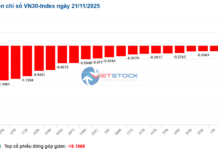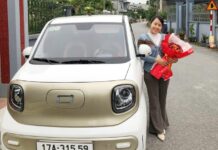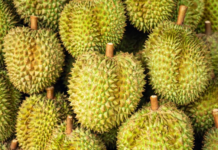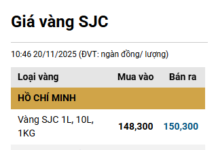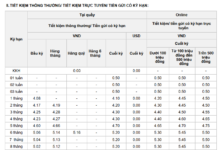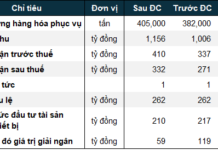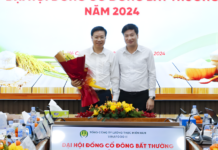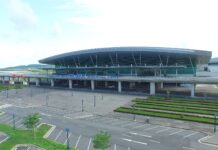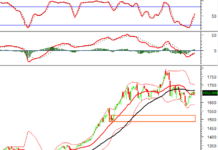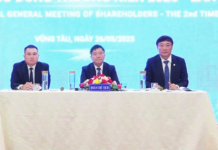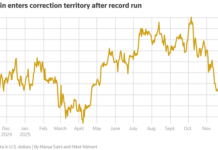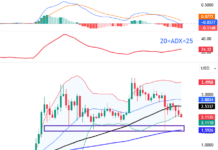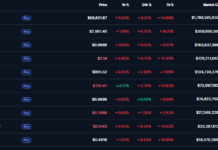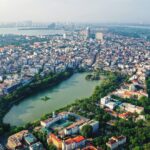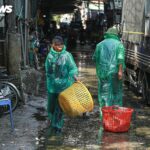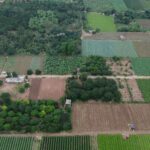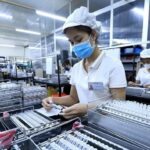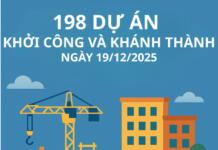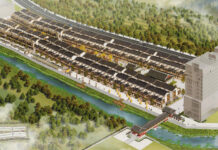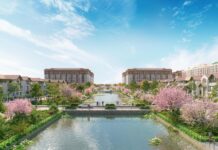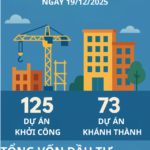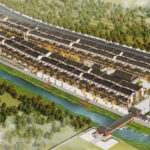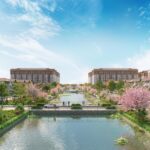
In alignment with the government’s target to plant 1 billion trees during the 2021-2025 period, Hanoi is committed to greening the city to improve the environment, reduce pollution and noise, and enhance the urban landscape. (Photo: Tuan Anh/VNA)
|
Prime Minister Pham Minh Chinh has recently approved the Master Plan for Hanoi Capital for the 2021-2030 period, with a vision towards 2050.
This is a significant step towards developing Hanoi into a modern, civilized, and internationally integrated capital, contributing to the country’s sustainable development.
New Vision – Hanoi Action
According to the decision, Hanoi’s natural area is planned to be 3,359.84 square kilometers, with the aim of building a capital that is not only the country’s political and cultural center but also a driving force for national development.
The Hanoi Capital Master Plan is established with a “new vision – new global thinking, capital thinking, and Hanoi action,” creating “new opportunities – new values” to develop Hanoi into a “Cultural, Civilized, and Modern” city in the short and long term, contributing to Vietnam’s entry into a new era of national prosperity and advancement.
The core philosophy of the master plan is “people-centered development,” with Hanoi’s image defined as a “Cultural, Global-Connected, Elegant, Harmonious, Peaceful, Prosperous, Servant-Government, Contributing-Business, Trustworthy-Society, and Happy-People” city.
Hanoi Master Plan: Red River Delta’s Center and Driving Force
One of the highlights of the Master Plan is positioning Hanoi as the center and driving force for the development of the Red River Delta region. This plan not only relies on Hanoi’s current strengths but also ignites the aspiration to develop the capital towards a “Cultural, Civilized, and Modern” city, becoming a green, smart, and livable city, on par with leading capitals in the region and the world.
Hanoi will develop according to a reasonable spatial structure, with economic corridors, economic belts, and development axes combined with a modern and synchronized transportation system.
The Master Plan proposes developing new urban models such as smart cities, science and technology cities, airport cities, and tourism cities to meet the requirements of integration and sustainable development.
Goals for 2030 and Vision for 2050
By 2030, Hanoi is envisioned to become a “Cultural, Civilized, and Modern” capital, a hub of cultural essence and high competitiveness, reaching the development level of leading capitals in the region and the world.
Hanoi will be the growth pole of the Red River Delta, a major economic and financial center, and the country’s leading hub for education, healthcare, science and technology, and innovation.
 The goal by 2030 is for Hanoi to become a “Cultural, Civilized, and Modern” capital. (Photo: Khanh Hoa/VNA)
|
The vision for 2050 is for Hanoi to be a global city, green, smart, peaceful, and prosperous, befitting the position of a strong and thriving Vietnam. The city will have comprehensive and distinctive cultural, economic, and social development, ranking among the top in the region and on par with the world’s leading capitals. Hanoi will be a desirable destination to visit, stay, live, and contribute. Its residents will enjoy a high standard of living and quality of life.
The GRDP per capita is targeted to reach approximately 45,000-46,000 USD, with an urbanization rate of about 80-85%.
Key Tasks and Breakthroughs
The Hanoi Capital Master Plan outlines five key tasks: environmental and landscape protection, urban and rural development, economic development, cultural and social development, and science, technology, and innovation development.
To achieve these goals, Hanoi will implement four strategic breakthroughs:
1. Institutions and Governance: Innovate and improve the quality of management, administrative reform, and transparency in decision-making.
2. Synchronized and Modern Infrastructure and Connectivity: Construct a modern infrastructure system, better connecting Hanoi with other provinces in the country and internationally.
3. High-Quality Human Resources, Science and Technology, and Humanistic Resources: Invest in human resources development, especially in key industries and sectors.
4. Urban, Environmental, and Landscape Development: Create a green, clean, and beautiful living environment, protecting nature and promoting sustainable development.
Urban Development Model and Driving Forces
A notable feature of the Hanoi Master Plan is the formation of five development spaces, including public space, airspace, underground space, creative cultural space, and digital space.
These spaces will be developed harmoniously to meet the needs of living, working, and creating for the community.
The Master Plan also identifies five economic corridors and belts, with the economic corridors developed based on the national master plan’s transport corridors.
Five driving force axes will be implemented along critical areas such as the Red River, West Lake-Co Loa, Nhat Tan-Noi Bai, West Lake-Ba Vi, and southern Hanoi.
The five urban regions will be organized according to the cluster city model, where the historical inner city, the central urban area, and the suburban areas will develop simultaneously.
Urban development will be closely integrated with the safe and efficient use of underground space, ensuring land savings, environmental protection, and security and defense requirements.
Conservation, renovation, and refurbishment of the historical inner city, the Son Tay ancient citadel, ancient streets, and old quarters associated with valuable architectural works will be carried out to promote and develop cultural and historical values for sustainable tourism and services.
Review and propose renovation and refurbishment plans for old apartment buildings and low-rise self-built housing areas in the inner city to transform them into modern new urban areas with synchronized services and a civilized living environment.

Cat Linh-Ha Dong urban railway, the country’s first urban railway. (Photo: Tuan Anh/VNA)
|
Develop the TOD (Transit-Oriented Development) urban model at areas with railway stations to expand the development space, create a convenient and modern living environment with synchronized services, and meet the needs of the people.
Form “cities within the capital” to create new growth poles and driving forces, promote balanced development between urban and rural areas, and establish special mechanisms to exploit the potential and strengths of each region.
The Hanoi Capital’s urban system is organized according to the cluster city model, including the central city, radial cities, and satellite cities. The rural areas are organized according to three typical models: the traditional model, the model within the urbanization zone, and the model of ancient villages and craft villages.
The Hanoi Capital Master Plan also includes plans for functional areas, infrastructure development, land allocation and zoning, district-level planning, environmental protection, natural resource utilization and protection, biodiversity conservation, disaster prevention, and climate change response.
Implementation and Monitoring Solutions
To ensure the effective implementation of the Master Plan, Hanoi will apply solutions such as rational capital investment and utilization, high-quality human resource development, scientific and technological applications, and linkage development policies.
The Master Plan also proposes solutions for environmental protection, urban renovation, rural development, natural resource conservation, and climate change response.
The Hanoi Capital Master Plan for the 2021-2030 period, with a vision towards 2050, serves as an essential basis for deploying urban and rural development plans and various sectoral plans in Hanoi.
This decision takes effect from the date of issuance, with the expectation of bringing about profound changes to make Hanoi a livable, innovative, and sustainably developing city in the future.
The Hanoi District with a Nearly VND 22,000 Billion Annual Budget Aspires to Become a Financial Hub
“Embarking on a journey to revolutionize the financial services landscape, we aspire to offer a comprehensive and modern experience in the realms of finance, banking, and insurance. Our vision is to create a seamless and innovative environment that caters to the diverse needs of individuals and businesses alike.”
The Color-Changing Pomelo: Why This Unique Citrus Fruit Is Hard to Find Come Lunar New Year
The village of Trang Viet in Me Linh District, Hanoi, is renowned for its unique “red pomelos fit for kings.” The talented gardeners of Dong Cao village have perfected the art of shaping these pomelos with the Chinese characters for ‘talent’ and ‘fortune’, creating a delightful treat for consumers during the traditional Lunar New Year celebrations.
Unleashing Quang Ngai’s Economic Growth Potential: A Revitalization Strategy
As a region of significant strategic importance, Quang Ngai is focused on revitalizing its traditional growth drivers while fostering new ones.
The Power of Persuasive Writing: “ADB Ups Vietnam’s Economic Growth Forecast”
Vietnam’s growth forecast has been revised upwards to 6.4% from the previous estimate of 6.0% for 2024, and to 6.6% from 6.2% for 2025. These upward revisions reflect the country’s strong economic fundamentals and promising prospects for the future. With a robust growth trajectory, Vietnam is poised to continue its remarkable development journey, attracting global attention and solidifying its position as a rising star in the region.

